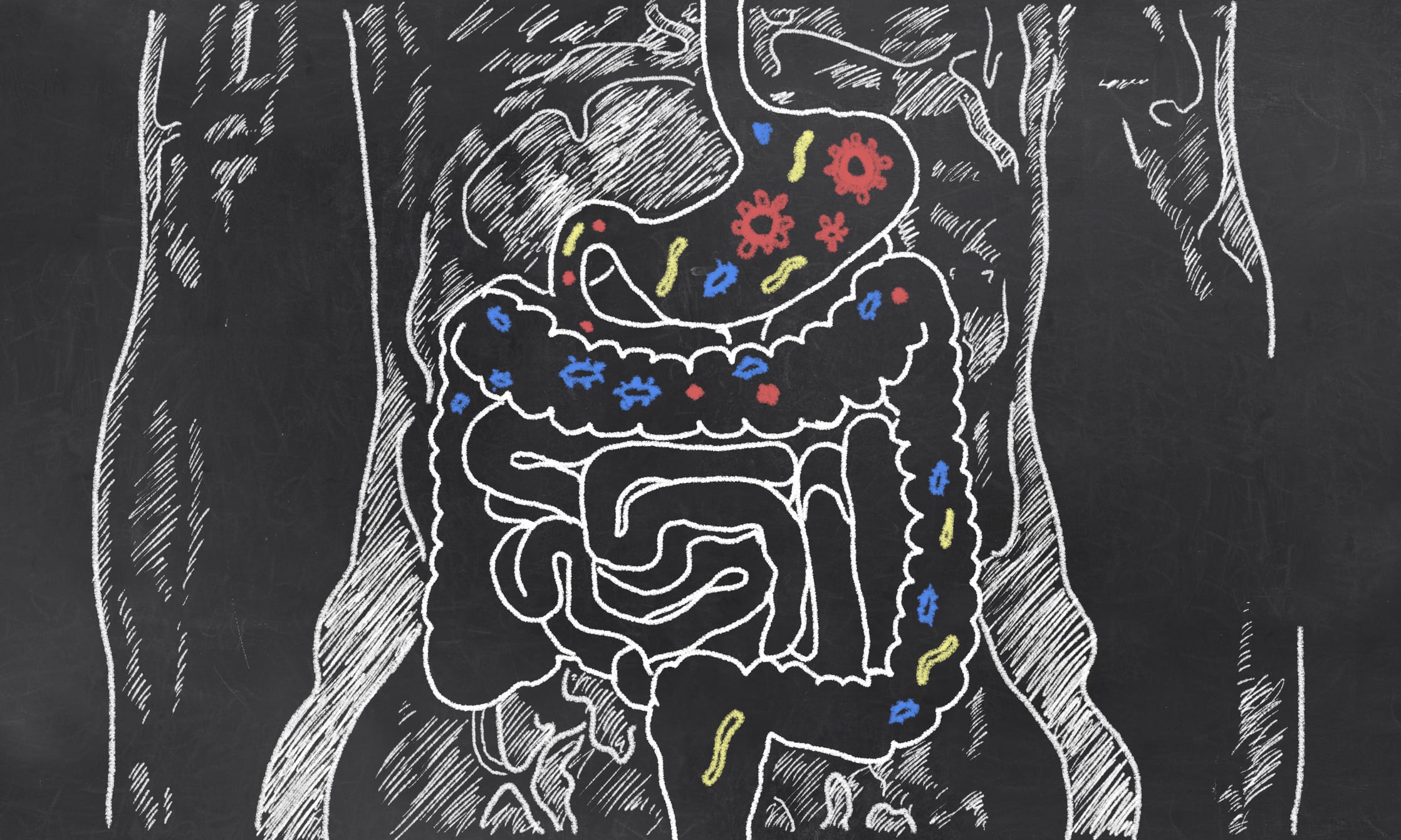LATAM
Nestlé Health Science eyes potential of Latin American retail
Retail shows much greater potential for growth for Nestlé Health Science in Latin America, and could surpass its performance in clinical nutrition in the region.
The retail opportunity is linked in particular to healthy aging, one of the region's biggest health concerns.
Speaking to the recently launched NutraIngredients-LATAM, LATAM head of Nestlé Health Science Monica Meale said: “We have been observing great potential in the retail segment, particularly with food supplements and the entry of new categories, focusing on healthy aging, which include prevention and also supplementation.”
Products launched under the Nutren brand already tap into this, including nutritional powder mixes for beverages and ready-to-drink milks targeting the senior and beauty segments.
Meale said it was important to target consumer care with a “more holistic view” but healthy aging certainly remained Latin America's biggest health concern.
“We notice that people are more concerned about healthy aging and there is a kind of quest for a better quality of life, in order to meet the specific needs of the body during the aging process.”
Europe
Probiotics and bone health: Clinical trial opens up “whole new market of women’s health”
Clinical trial data presented at last week’s Probiota 2019 showed the “amazingly” positive impact of probiotics on bone health, which could open up a whole new market of women’s health.
“Almost one in two women and one in five men will suffer an osteoporosis related fracture after the age of 50 and reduced bone loss has the potential to postpone the onset of osteoporosis and the risk of fractures,” explained Niklas Larsson, research director for Probi.
“If we can do something to improve bone health that will have a major impact on our health care systems.”
Bone analysis performed during the trial, which involved 250 pre and post-menopausal Swedish women (230 completed the study), showed that bone loss at the lumbar spine was reduced by almost 80% in the group given probiotics, said Larsson.
“This is a new area to target in women’s health. We are certainly not alone in doing research into probiotics for bone health bit it looks like we are front-runners in this completely new area of probiotics,” he added.
“There’s a large market need out there and this would be really beneficial for consumers and the health care system.”
For more on this, please click HERE.
French agency updates rules on use of vitamin A in food supplements
The Directorate-General for Competition, Consumer Affairs and Fraud Control (DGCCRF) has increased the maximum level of vitamin A in food supplements across different population groups.
For the general population, the maximum level of vitamin A (as Retinol equivalent (RE)) permitted for food supplements increases from 800 micrograms (μg) RE to 1000 μg RE. However, this is not recommended for pregnant or menopausal women.
Vitamin A levels for food supplements recommended for children 10 years old or younger are set at 200 μg RE. Children over 10 years old are set a maximum recommended level of 500 μg RE.
For more on this, please click HERE.
Asia

A new study by researchers at Monash University Malaysia will investigate associations between cultural practices and diet with the gut and oral microbiome in Peninsular Malaysia's indigenous tribes (collectively called Orang Asli).
Microbiome assessment will be performed using kits from uBiome, according to a report in our Asia edition.
There are three main reasons for the study, explained lead researcher Professor Maude Phipps.
1. “In terms of genetics, we know that the Orang Asli comprise three main groups: the Negritos (the last of the hunter-gatherers), Senoi and proto-Malays. Each group can be divided into six sub-groups or tribes,” explained Phipps.
“We know from the work we've done that the Orang Asli are the descendants of the earliest homosapiens out of Africa, so they're very interesting, genetically and historically. Also, they are very under-represented — we hardly know anything about their microbiome, be it in their gut, oral mucosa or nasal cavity.”
2. To detail the environmental differences across the different groups and tribes of indigenous peoples.
3. To assess the impact of such a study on the level of understanding of both the gut and oral microbiome of rural and urban Malaysian populations would be significant.





